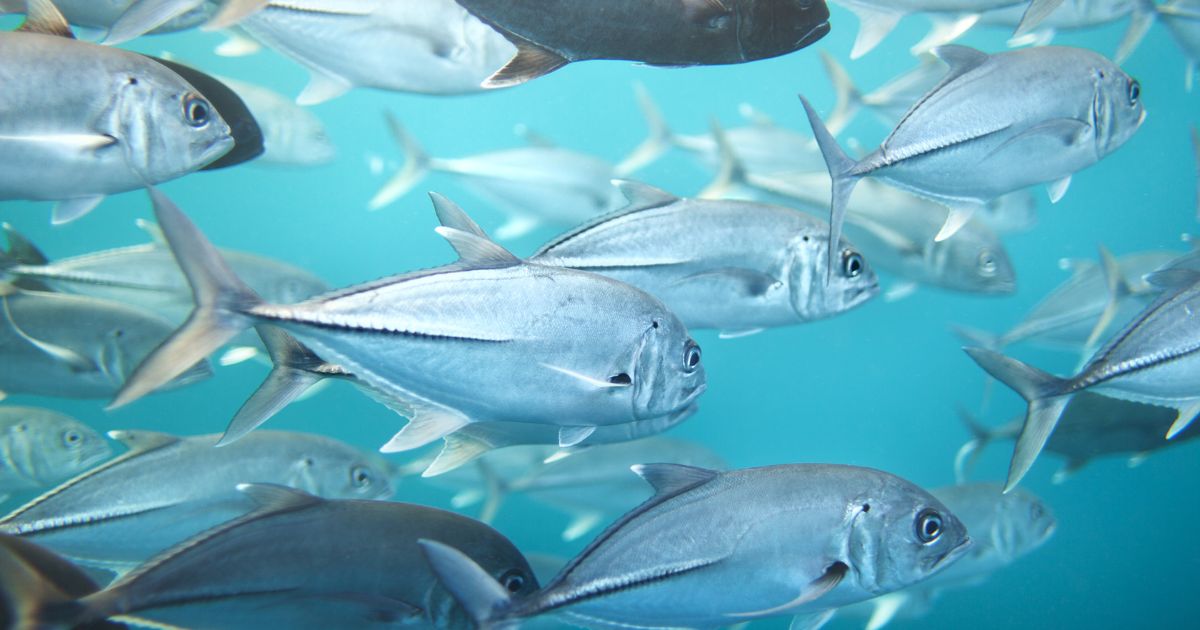Climate change alters tuna distribution in the Atlantic: study projects expansion of species to higher latitudes as early as 2030
A new study published in the journal Biodiversity and Conservation and led by researchers from MARE – Center for Marine and Environmental Sciences, Faculty of Sciences, University of Lisbon (CIÊNCIAS ULisboa), in collaboration with CESAM and the Institute of Marine Research (CSIC, Spain), projects significant changes in the distribution of the main tuna species caught in the Atlantic Ocean in response to climate change.
Tuna is one of the most consumed and traded seafood products globally. In 2022, global tuna catches exceeded 8.3 million tons, the highest figure ever recorded, with the main commercial species accounting for around 60% of this production. In addition to their economic value and importance in human nutrition, tuna also play a key ecological role as predators and prey in ocean ecosystems.

The scientific team used ecological modeling tools to predict how environmental conditions could affect the areas where tuna could live in the future. The study analyzed three possible climate change scenarios for the end of the century: an optimistic scenario with an average global temperature increase of around +2 °C; an intermediate scenario with increases between +3.5 °C and +4 °C; and a severe scenario in which the temperature could rise by more than +5 °C. The projections considered two future periods: 2020–2030 and 2040–2050, focusing on five tuna species: Thunnus alalunga, T. thynnus, T. albacares, T. obesus, and Katsuwonus pelamis.
The models point to a decrease in habitat suitability in equatorial regions, accompanied by a relative increase in temperate zones. This trend could affect spawning grounds and traditional fishing areas, with potential ecological and socioeconomic implications, especially for communities dependent on fishing these species in tropical countries. According to the authors, this pattern represents a risk of drastic reduction in the area of occurrence, or even local extinction of tuna in equatorial regions. The study anticipates that this shift in tuna distribution to higher latitudes could begin as early as 2030, accompanied by severe habitat losses in tropical areas, which calls into question the continued presence of these species in areas where they are currently abundant.
As one of the most sought-after seafood products for human consumption, changes in the distribution of the main tuna species could affect not only their availability to fishing fleets, but also supply in the global market. “Tuna are among the most valuable and popular marine resources worldwide, traded on a global scale,” the authors note in the article. The implications could be especially relevant for populations and economies that depend heavily on tuna fishing.
“This type of projection is essential to anticipate changes and support adaptive fisheries management,” explains Priscila Silva, a researcher at MARE-ULisboa/ARNET and the study's first author.
The research highlights the importance of ocean surface temperature, dissolved oxygen, and salinity as the main environmental factors influencing the future distribution of tuna. The study also reinforces the need to consider ecological and environmental dynamics in decision-making processes related to fisheries sustainability.
“The results show that the distribution of tuna may change substantially in the coming decades, which raises important challenges for fisheries management. Integrating climate scenarios into decision-making may be critical to ensuring the resilience of marine ecosystems and the communities that depend on them,” says Francisco Borges, also an author of the study and researcher at MARE-ULisboa/ARNET.
Given the socioeconomic importance of tuna species, the authors argue that predicting their response to climate change is essential to inform more effective management strategies, not only for the sustainability of marine populations, but also to protect the livelihoods of the human communities that depend on them.
This work was funded by the Foundation for Science and Technology (FCT), through projects awarded to MARE/ARNET and CESAM, and was supported by the European Research Council.
Text obtained from press release
To acess the article click HERE
